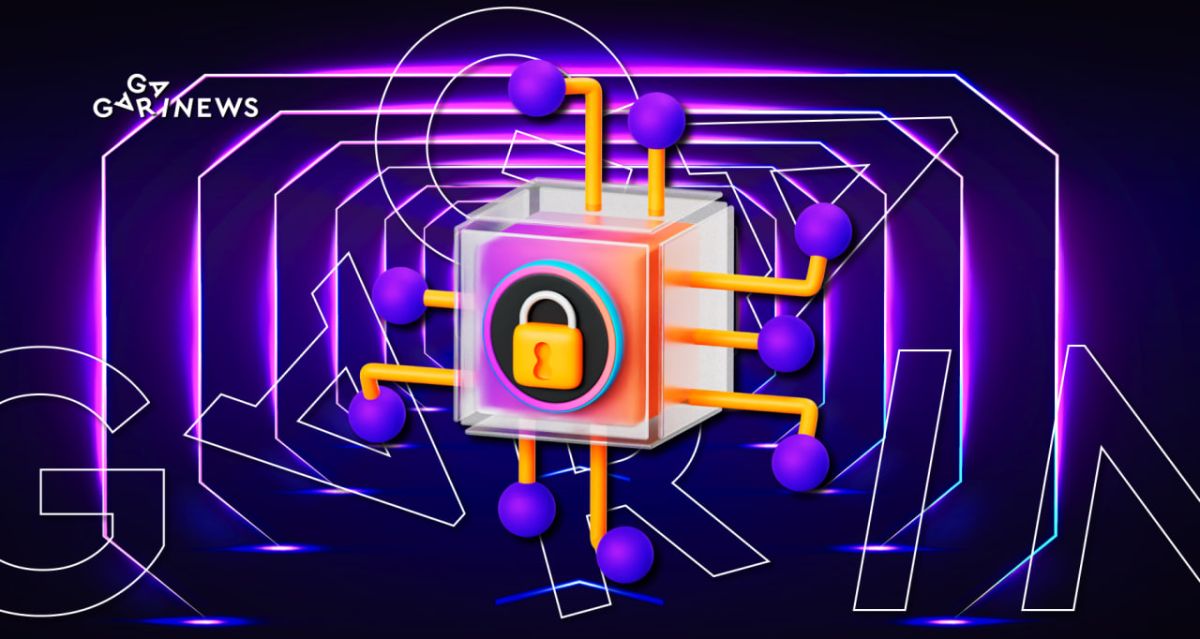Blockchain sharding. Is it a risky way to scale the network?

The concept of blockchain is based on a principle that supports its decentralization and security yet hinders its performance as the network expands.
On this page
This principle requires every node responsible for the functioning of the distributed ledger to process all new transactions and store a copy of all blocks in the chain.
Even though such a feature is proprietary, it hinders the scalability of networks in the modern world. Thus, overcoming this barrier is becoming increasingly important. A solution to this problem is sharding.
Blockchain sharding divides the network into many independent segments (shards) with their own authority, each responsible for computing and storing a specific piece of data. This ensures a more efficient deployment of blockchain resources. The workload is evenly distributed between nodes, eliminating the need for performing the same large volume of work.
To maintain security and decentralization, different segments of the blockchain are synchronized with each other, allowing for data exchange and the ability to view records from neighboring shards. Some blockchains that have successfully implemented sharding include the Near Protocol, Polkadot, and Zilliqa.
The benefits of blockchain sharding
Sharding has several positive effects. Firstly, blockchain becomes easier to scale and its ability to expand is practically unlimited, which leads to enhanced performance. With sharding, each new computer node that connects to the network does not become an additional burden for the registry, but on the contrary, simplifies its work. Overall, the blockchain can contain much more information when sharding is applied.
The next major advantage arises: no powerful hardware is required to run a node. It becomes a much easier task, with a personal computer becoming sufficient.
From this property, it follows that more users can join a blockchain that implements sharding, allowing more decentralized applications to be launched.
The splitting up of the network into individual segments decreases processing delays, increases transactions per second, and reduces transaction fees, leading to a more streamlined, nimble, and profitable blockchain.
The pitfalls of sharding
Those benefits listed above do not exclude the potential dangers associated with sharding.
Blockchain's ability to store the entire transaction history and use computing power to process the same information on different nodes ensures its decentralization and security.
However, when the blockchain is split into different segments, each with its own data, and node deployment requires less effort, it becomes easier for hackers to attack. It's much easier to take control of a specific shard than 51% of the network. And if a single segment begins to spread malicious transactions, the entire distributed ledger may be at risk.
However, the risk of hacking persists under any circumstances, even with a highly secured blockchain.
Is there sharding on the Ethereum blockchain?
Ethereum developers have been thinking about sharding ever since their blockchain first appeared. Since it is currently the second-largest distributed ledger, avoiding network congestion is a must. So sharding forms part of Ethereum's upgrade plan.
Furthermore, it is partially implemented in the system. Not everyone is aware of this, but sharding is being used on one of its secondary chains called Beacon Chain. It is with the help of this chain that the blockchain has successfully transitioned to the Proof-of-Stake consensus algorithm. The network is responsible for processing cross-links, storage, and maintaining the validator system. It can be said that it serves as the backbone for the main blockchain.
According to Ethereum's roadmap, full sharding is expected to take place by the end of 2023. The blockchain's developers even have their own solution to the problem of excessive vulnerability. They propose randomly allocating validators to independent parts of the blockchain and constantly changing their positions and responsibilities. This will make it difficult for malicious actors to navigate the system and harm the infrastructure.
In the case of Ethereum, sharding is actually not a bad solution. According to Etherscan, full Ethereum nodes weigh in at around 5 terabytes, which is 10 times the capacity of a typical home computer. With more users, computer nodes will become heavier, making their launch even harder.
It is difficult to achieve scalability for a blockchain without resorting to sidechain and second-layer solutions, running on top of the main network. It is nearly impossible to accomplish such a task without sharding.
The content on The Coinomist is for informational purposes only and should not be interpreted as financial advice. While we strive to provide accurate and up-to-date information, we do not guarantee the accuracy, completeness, or reliability of any content. Neither we accept liability for any errors or omissions in the information provided or for any financial losses incurred as a result of relying on this information. Actions based on this content are at your own risk. Always do your own research and consult a professional. See our Terms, Privacy Policy, and Disclaimers for more details.

























